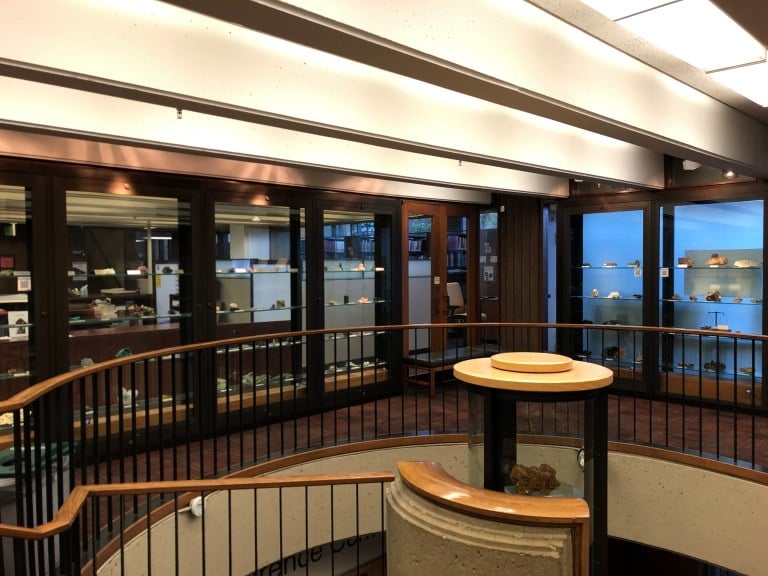In GEOPHYS 90: “Earthquakes and Volcanoes,” students learn about the fundamentals of natural disasters, their effects on human society and the application of the scientific method to arrive at new understandings. The course has for decades provided an introductory look at geophysics phenomena and practice.
Geophysics professor Paul Segall Ph.D. ’81 will teach the course in the spring. For Segall, who has taught the course since becoming a faculty member at Stanford decades ago, the course’s scope transcends geophysics by affording students an overview of the scientific method.
“I would like every Stanford student to leave — regardless of what their major is — with some appreciation for the scientific method [and] for how the world around them operates,” he said.
Most of the course content is delivered in traditional lecture-style sessions, but Segall described an effort to expand the range of students’ active learning experiences in class. For example, students may be asked to use Slinkies to model wave motion.
Ultimately, Segall hopes that the course will enable students to make sense of data on seismic and volcanic activity, as collected by the United States Geological Survey (USGS), for example.
“By the end of the course, [students will understand] not only the general information but [will] even div[e] into the technical details,” he said.
In addition, he affirms the material’s personal relevance by citing the importance of learning about natural disasters for safety reasons. The course teaches students about early warning signs and ways to ensure personal safety.
“We’re powerless to prevent [natural disasters from] occurring, but understanding them can go a long way as to minimize the hazard,” Segall said.
In addition to engaging with scientific knowledge on natural disasters, the course incorporates survivor accounts and historical records. For example, students cross-reference native accounts of a volcanic eruption with geological evidence of its occurrence. According to Segall, these sources augment students’ understanding of how human societies interact with natural phenomena.
“You read what people experience, and sometimes that can be more powerful,” he said.
Segall said he brings up seismic or volcanic activity as it occurs in real time, helping students be aware of how these events impact the contemporary world.
“Any time there’s a new [volcanic or seismic] event, we’re bringing it in,” he said. “I love it when you get a good discussion going— people bring their own experiences or questions.”
Geophysics major Laura Davey ’21, who took the course in spring 2018 with geophysics professor Greg Beroza, noted her appreciation for class discussions and said that the class helped her decide on her major.
“I went in not knowing what to expect, but overall, I would say that it is an excellent introductory course talking about geophysics and natural hazards,” she wrote in an email to The Daily. “I also loved getting to hear about Stanford’s own experience with earthquakes.”
Elise Celestin ’21, a prospective civil engineering major who also took the course last spring, furthered her interest in seismology, the branch of science related to earthquakes, through the course.
“The most useful takeaway for me was being able to gain insight as to the type of thinking and work involved in this field,” she wrote in an email to The Daily.
Contact Sean Chen at kxsean ‘at’ stanford.edu.
